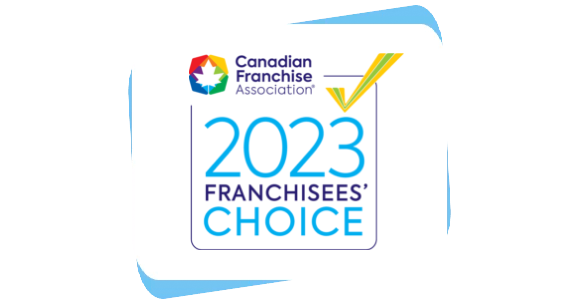Want your child to start the new school year on the right track? Implementing healthy goal-setting practices is a great place to begin.
As adults, we know how powerful it can be to set a goal and how good it feels to achieve it. Students can also benefit from goal-setting; establishing regular goal-setting practices early on allows them to control their academic success. Additionally, the habits they build around setting goals are transferable to their careers and everyday lives.
Research shows that when implemented well, these practices can have a significant positive influence on student achievement. Essentially, goal-setting is about control, and children do better in school when they feel in control of their learning. Unfortunately, the current COVID-19 landscape provides many uncontrollable factors that can derail a student’s success, making it crucial to have proactive goal-setting strategies in place.
The Effectiveness of Goal-Setting
There’s a reason why goal setting is such a popular subject—because it works! Below are a few key points to focus on when contemplating new strategies for your child’s academic success.
- Goal-setting can produce student learning gains of between 18 and 41 percentile points. [Marzano 2009 source]
- It helps students focus on specific outcomes, encourages them to seek academic challenges, and clarifies the connection between immediate tasks and future accomplishments. (Stronge & Grant, 2014)
- Having a clear framework for achieving these goals can reduce procrastination. Time management and preparedness are fundamentals for goal-setting practices.
How to Set Goals for School Success
It is important to remember that goals will look different from student to student. Finding an approach that feels best for your child will maintain consistency.
To get the student motivated, you will have to tweak the process from regular goal-setting practices. In order to do this, include the following four elements within any goal-setting task. Without these, your child won’t receive the total value of this practice.
- Provide opportunities to build competence
- Give students control or autonomy
- Cultivate student interest
- Alter their perceptions of their abilities
The process by which goals are set, monitored, and reviewed is key to ensuring success. GradePower Learning recommends the CAM rule for goal setting.
General Goal-Setting Tips
- Goal-Setting works best when shared and written down. Keeping a goal tracking board at home is excellent for strengthening the habit and keeps everyone on the same page.
- Goal-Setting requires more explanation for younger students. Talk to them about why we make a goal, the purpose, how it guides learning, and how proud you are when you hit that goal!
- Set short-term goals and check-in on progress frequently; we suggest daily or weekly. These check-ins allow you to review and revise based on student progress. Check-ins prevent students from feeling discouraged. During the reviews, it’s important to remember the following:
- Make it personally relevant.
- Identify where the student is currently and what they’re looking to achieve moving forward.
- Break each step down into straightforward, actionable tasks.
- Have your child write their goals out in a dedicated notebook or goal-setting worksheet.
- Set realistic timelines.
- Adjust as you go. Life happens, things don’t always go according to plan. It’s okay to adjust if necessary!
Here are five more tips for setting goals that stick so your child can reach their full potential. With goal setting, students develop the skills to reflect on their learning and turn their understanding of their current knowledge and skills into a drive to learn more and get the most out of life.







